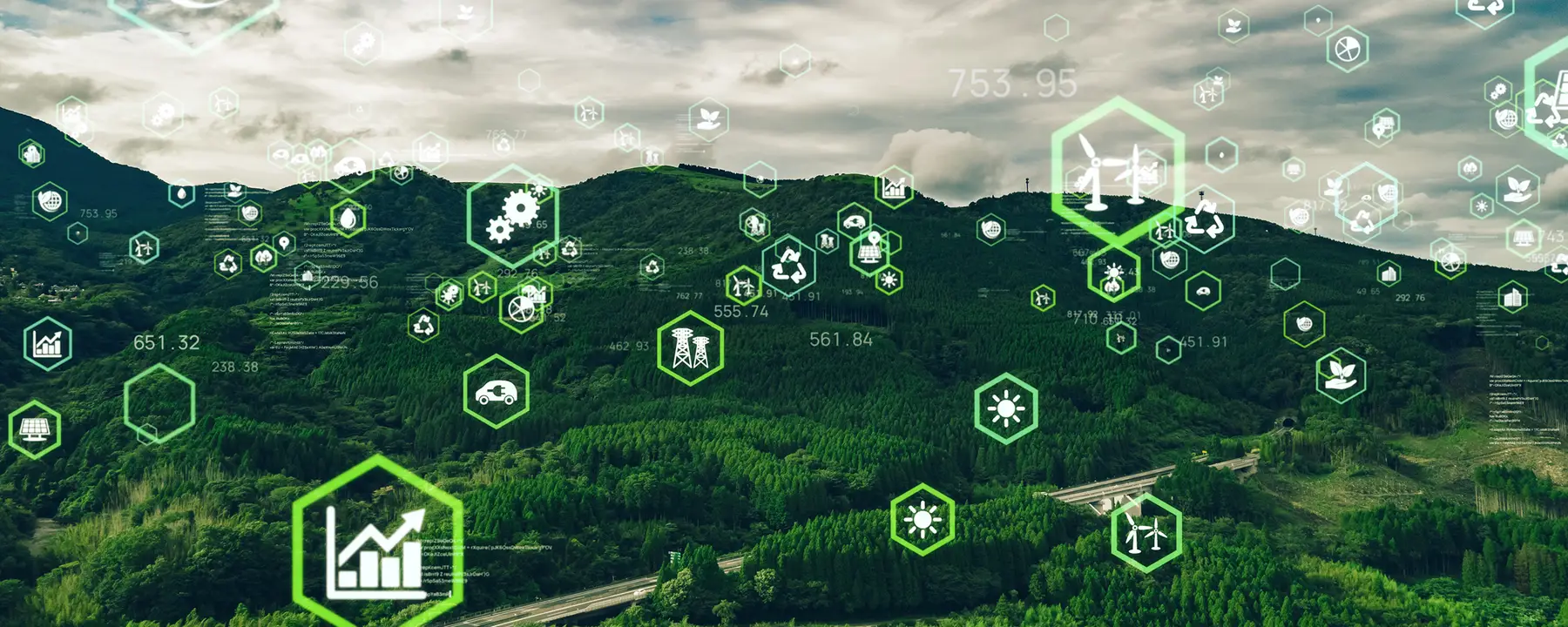ISO 50015 Measurement and Verification of Energy Performance Modeling Test
The ISO 50015:2014 standard provides a framework for the measurement, verification, and reporting of energy performance in buildings. This service focuses on the rigorous testing and validation of building energy models to ensure they accurately reflect real-world conditions. The process involves comparing predicted energy consumption with actual energy use through a series of controlled tests.
The accuracy and reliability of these predictions are crucial for stakeholders involved in sustainable design, compliance verification, and performance improvement. Our team of experts ensures that the models adhere to international standards such as ISO 50015:2014, ASHRAE 90.1, and other relevant guidelines.
The testing procedure typically begins with a detailed analysis of the building's design plans, HVAC systems, lighting fixtures, and other energy-consuming components. This is followed by the creation of an initial model using industry-standard software tools like EnergyPlus or DOE-2. Once the model is established, it undergoes validation against historical data to ensure its predictive capabilities.
Following this, the model is subjected to a series of controlled tests that simulate various operational scenarios. These include different occupancy patterns, weather conditions, and equipment usage schedules. The results are then compared with actual energy consumption data collected from the building in question.
This service offers several advantages over simpler modeling approaches. By providing precise validation metrics, it helps architects and engineers make informed decisions during the design phase. It also supports compliance with regulatory requirements such as LEED certification and ASHRAE standards. Additionally, this testing ensures that energy-saving measures implemented post-construction are effective.
Our team employs state-of-the-art equipment and software to conduct these tests, ensuring high levels of accuracy and reproducibility. The results generated from our ISO 50015 compliance services serve as robust evidence for building owners and operators to demonstrate their commitment to sustainability practices.
| Aspect | Description |
|---|---|
| Model Validation | The process of comparing the model's predictions with actual performance data to ensure accuracy. |
| Data Collection Methods | Involves using sensors and meters to gather detailed energy consumption information over specified periods. |
| Simulation Scenarios | Creatures various scenarios to assess how different factors impact the building's overall performance. |
| Compliance Verification | Ensuring that all models meet international standards and regulations for energy efficiency. |
Scope and Methodology
The scope of this service includes the following key activities:
- Data Collection: Gathering historical energy consumption data from the target building.
- Model Creation: Developing a detailed simulation model based on the collected data.
- Validation Testing: Comparing the model's outputs with actual performance metrics to identify discrepancies.
- Reporting and Analysis: Providing comprehensive reports outlining findings and recommendations for improvement.
The methodology followed adheres strictly to ISO 50015:2014, ensuring that all steps are conducted systematically and transparently. This approach guarantees that the results obtained from our testing are reliable and credible.
Industry Applications
This service finds extensive application across various sectors including commercial real estate, government institutions, healthcare facilities, educational campuses, and more. It is particularly beneficial for organizations seeking to enhance their environmental performance indicators (EPIs).
| Sector | Application |
|---|---|
| Commercial Real Estate | Evaluating the energy efficiency of newly constructed or renovated buildings. |
| Government Institutions | Ensuring compliance with public sector sustainability goals. |
| Healthcare Facilities | Prioritizing patient care through efficient use of resources. |
| Educational Campuses | Supporting educational initiatives focused on sustainability and green building practices. |
Use Cases and Application Examples
Here are some practical examples where this service has been applied:
- Evaluating the effectiveness of a retrofit project aimed at reducing heating costs.
- Demonstrating compliance with local energy codes for new residential developments.
- Providing data-driven insights into optimizing HVAC system operations in large office complexes.
- Verifying the accuracy of solar panel performance predictions made by a developer.





